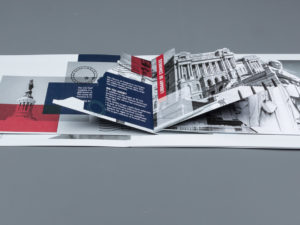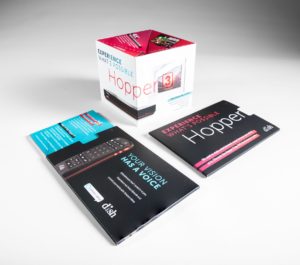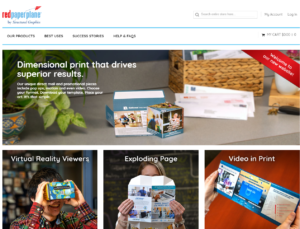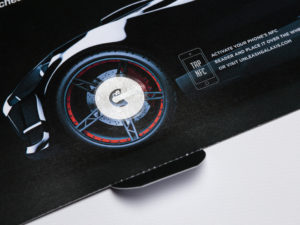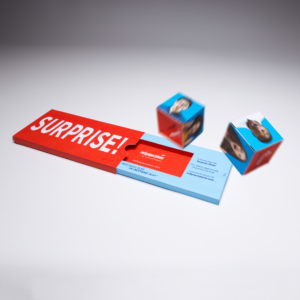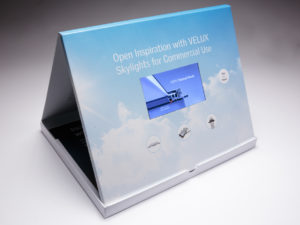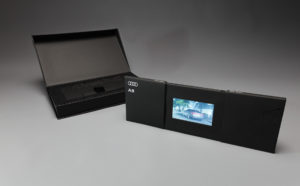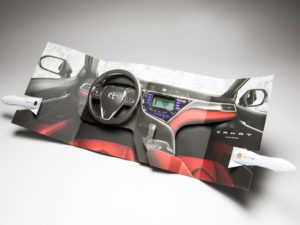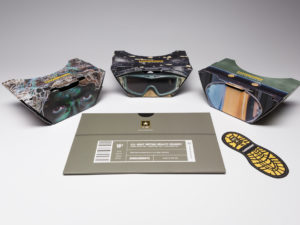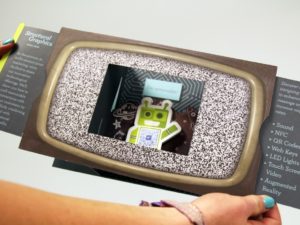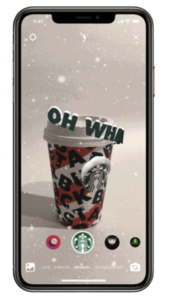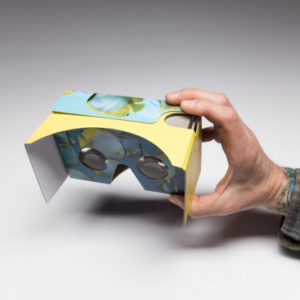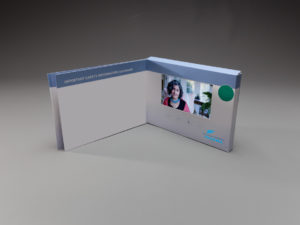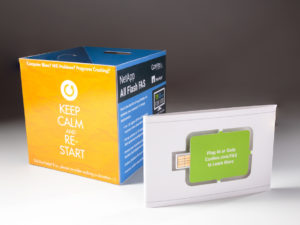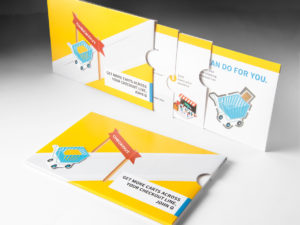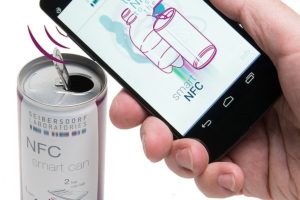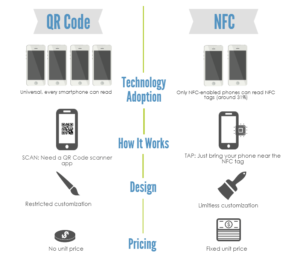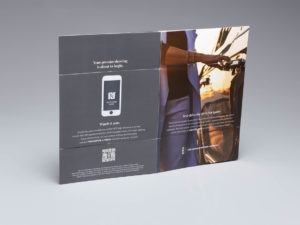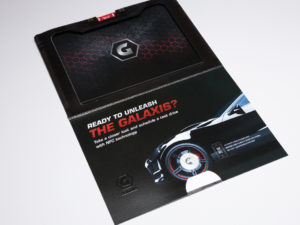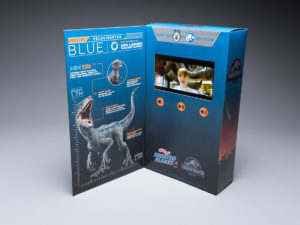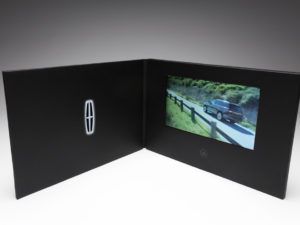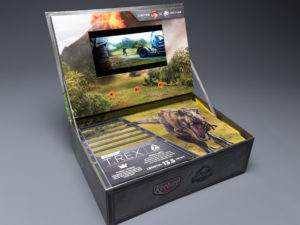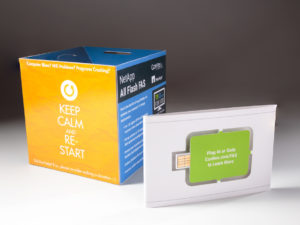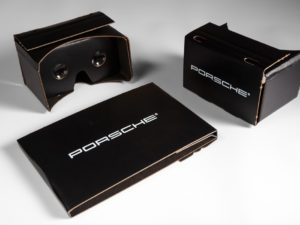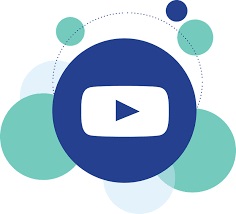Lead generation. It’s the holy grail of the marketing world.
Everything hinges on it, whether that’s the overall success of your marketing campaign or the business’ bottom line. However, it’s important to note there’s no “one size fits all” approach when it comes to finding and converting new prospects.
So, where does one begin? Here are a few tried and true tips to get you started:
CURATE. Before beginning any type of direct mail or email campaign, it’s important to pare down any of your current mailing lists so that you’re only reaching out to the right people for your brand. Who is your ideal buyer? Where do they live? What income bracket are they in? Essentially, cultivate a targeted profile of who you want to take an interest in your product.
DELIVER VALUE. In our opinion, this is the most important (and often overlooked step). What is your value proposition? Once you’ve determined who your target audience is, it becomes much easier to decide how your product or service will solve a problem they have. Does what you’re selling offer convenience? Help with self-esteem? Provide comfort? Your mail piece, whether it’s a postcard or an email, serves a purpose. Don’t let it get lost because you’re unable to deliver value to the recipient.
BUDGET. No business wants their marketing assets to appear cheap, especially when making a first impression on potential new customers. However, it’s important not to break the bank either. Now is the time to decide whether you should use an in-house graphic designer, copywriter or photographer, or if it would make more sense to outsource. This is a great opportunity to explore helpful third-party websites like RedPaperPlane.com, which allows brands to customize “WOW”-worthy direct mail pieces at an affordable rate.
TRACK. If you want to know if you’re generating viable leads, you need some way to track who is responding to your marketing calls to action. Aside from using tracking software, consider incorporating QR codes, NFC technology or web keys into your direct mail piece. When used correctly, these interactive tools can tell you exactly what content is working for your business and who is interested in what you have to offer.
Ready to get started generating viable leads for your business? Give us a shout to learn how we can help.
